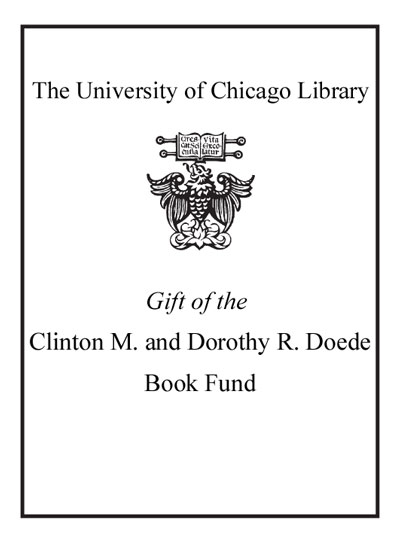Kishio Suga : writings /
| Author / Creator: | Suga, Kishio, 1944- author. |
|---|---|
| Edition: | First edition. |
| Imprint: | Milan : Skira ; Los Angeles, CA : Blum & Poe ; São Paulo Brazil : Mendes Wood DM, 2021- |
| Description: | 3 volumes : illustrations (some color) ; 25 cm |
| Language: | English |
| Subject: | |
| Format: | Print Book |
| URL for this record: | http://pi.lib.uchicago.edu/1001/cat/bib/12716475 |
| Summary: | Emerging in the late 1960s and early 1970s, he quickly established himself at the forefront of the loose cohort of artists, now known as Mono-ha, who radically redefined postwar Japanese art through their ephemeral interventions into both institutional and everyday spaces. Often working with raw natural and industrial elements, Suga gained recognition for installations such as Parallel Strata (1969), a fortress-like configuration of slabs of paraffin wax that subtly deformed in response to the environmental conditions at the venue, and Infinite Situation II (steps) (1970), for which he altered the function of a stairwell at the National Museum of Modern Art, Kyoto, by covering its steps with sand smoothed to reflect the grade of the incline. Such works were conceived by Suga as "situations," or expansive fields where objects engage each other through relations of fundamental equality and interdependence. According to Suga, the elements of a situation exist in a state of "being left" that activates viewers by its very resistance to being processed as information. In denying the agency of the artist, this vision was an early argument for the agency of all things. |
|---|---|
| Physical Description: | 3 volumes : illustrations (some color) ; 25 cm |
| Bibliography: | Includes bibliographical references and indexes. |
| ISBN: | 9788857245614 8857245616 |

